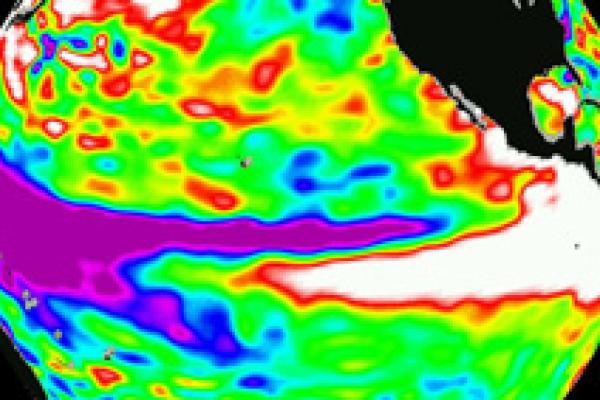Article


El Niño: What on Earth will happen next?
El Niño is a climate event without equal, causing droughts, floods, hurricanes and typhoons around the globe. How can we understand and predict it?
